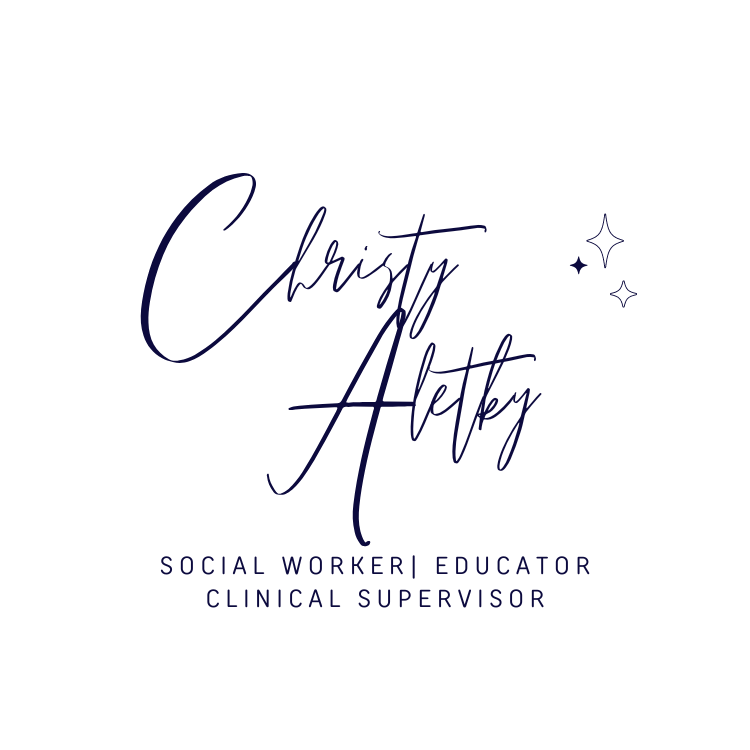Thoughts on Tech and Teaching
Hi there friends and colleagues, and welcome! Today, I wanted to discuss my plans for integrating technology into the continuing education courses that I design for social workers here in Texas. As practicing social workers, the question is not if we will integrate technology into our practice. Rather, the question is when and in what ways? I felt like a discussion around the considerations I’m making could help you all reflect on what you might consider. My own experience integrating telehealth into my private practice in 2020 was anxiety provoking to say the least. I had no desire to do any therapy with clients via streaming prior to the pandemic. But, as lockdowns occurred, I had no choice but to pivot quickly and, frankly, inelegantly into a fully online practice. This experience made me want to be ahead of the curve in decision-making about how to shift my practice at all levels to embrace tech advances. So, without further ado, here are five things to consider when integrating technology into your practice along with my own plans.
1. Ethics – I mean…I teach ethics. What did you expect? Regardless of what technology you choose to integrate in your practice you must consider what the ethical ramifications are. For me, this looks like updating my informed consent documents to include limitations around privacy and how emergencies will be handled. Other considerations include only practicing where we are licensed to practice, making sure we have professional competency in the technology we plan to use, and that we attend to our clients’ abilities to use the technology we’re trying to implement. Dual relationships and social media usage are also areas to consider, and having a social media policy in your informed consent is a great idea.
2. Teaching and Learning – Consider for a moment the reason to integrate any given technology into a course or classroom. Is it about the professor’s workload? Does it enhance the learning of students? Both? Is it just a more complicated way to do the same thing? Be intentional in your integration of technology. I am currently working on an AI Teaching Assistant (AITA) for one of my courses. I know! Super exciting. But what is the rationale beyond the fact that its cool? My hope is that it will replicate principles of heutagogy and paragogy allowing students to engage with material first and then discuss it with the AITA using natural language. This would allow students in remote places who may not have access to peers or students who prefer to engage with some topics in a more private way (reflective practice) the opportunity to simulate discussing topics with a well-versed colleague. Depending on how you conceptualize “peers” paragogy utilizing the AITA could mimic the benefits of single, double and triple loop learning which in turn, create richer and more effective learning experiences for asynchronous continuing education students. Paragogy also happens to be my favorite teaching and learning orientation because it mitigates the rigid power structure inherent in pedagogy wherein the teacher decides what counts as knowledge and what counts as knowledge acquisition, unilaterally.
To wrap up, consider the utility of the technology you want to integrate and consider the ethical ramifications of that technology critically. Remember that social workers are always practicing social work, so all our work must be informed by our values and ethics, and must always be in service to the client, ultimately. See you in the next one!
